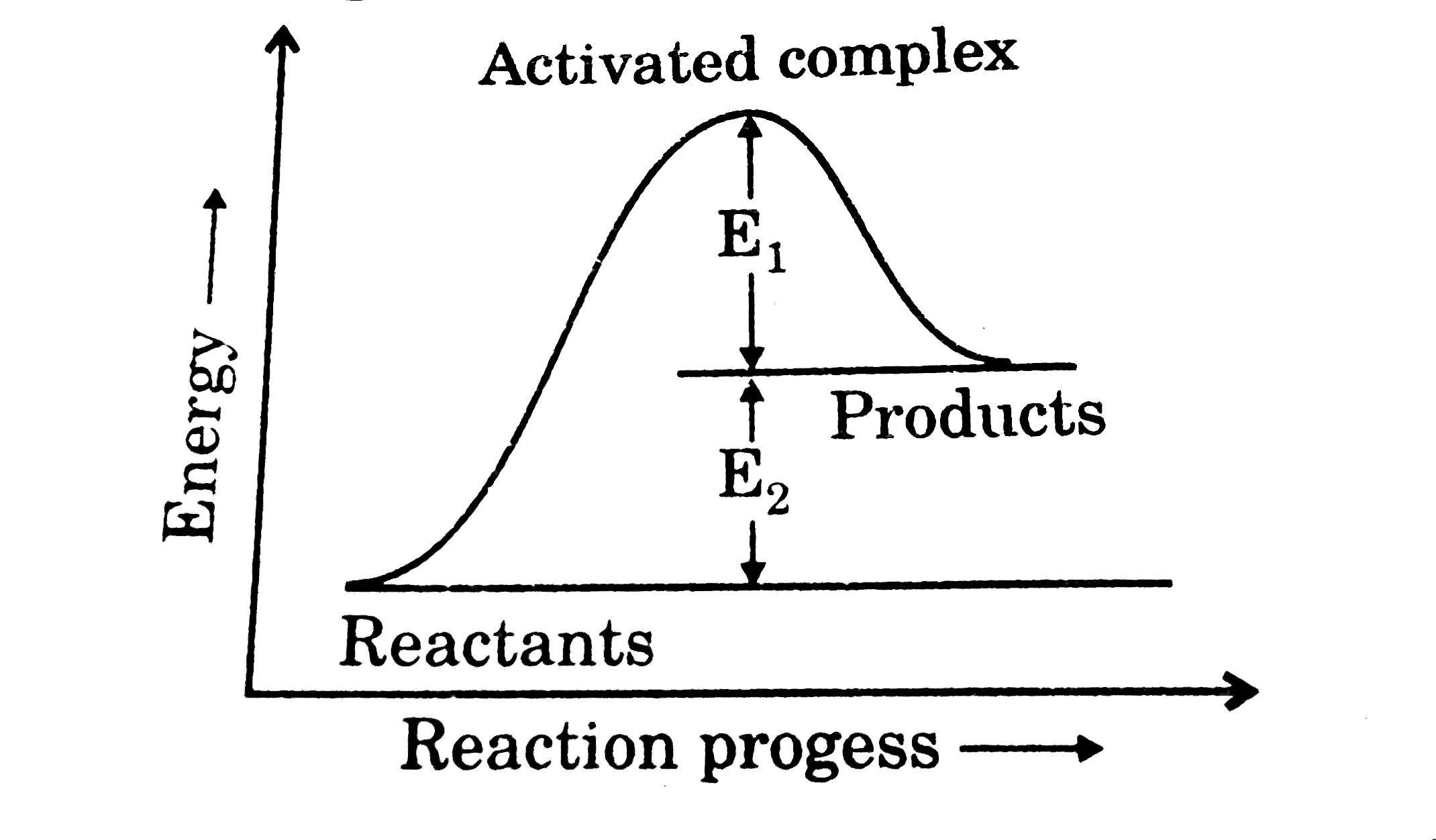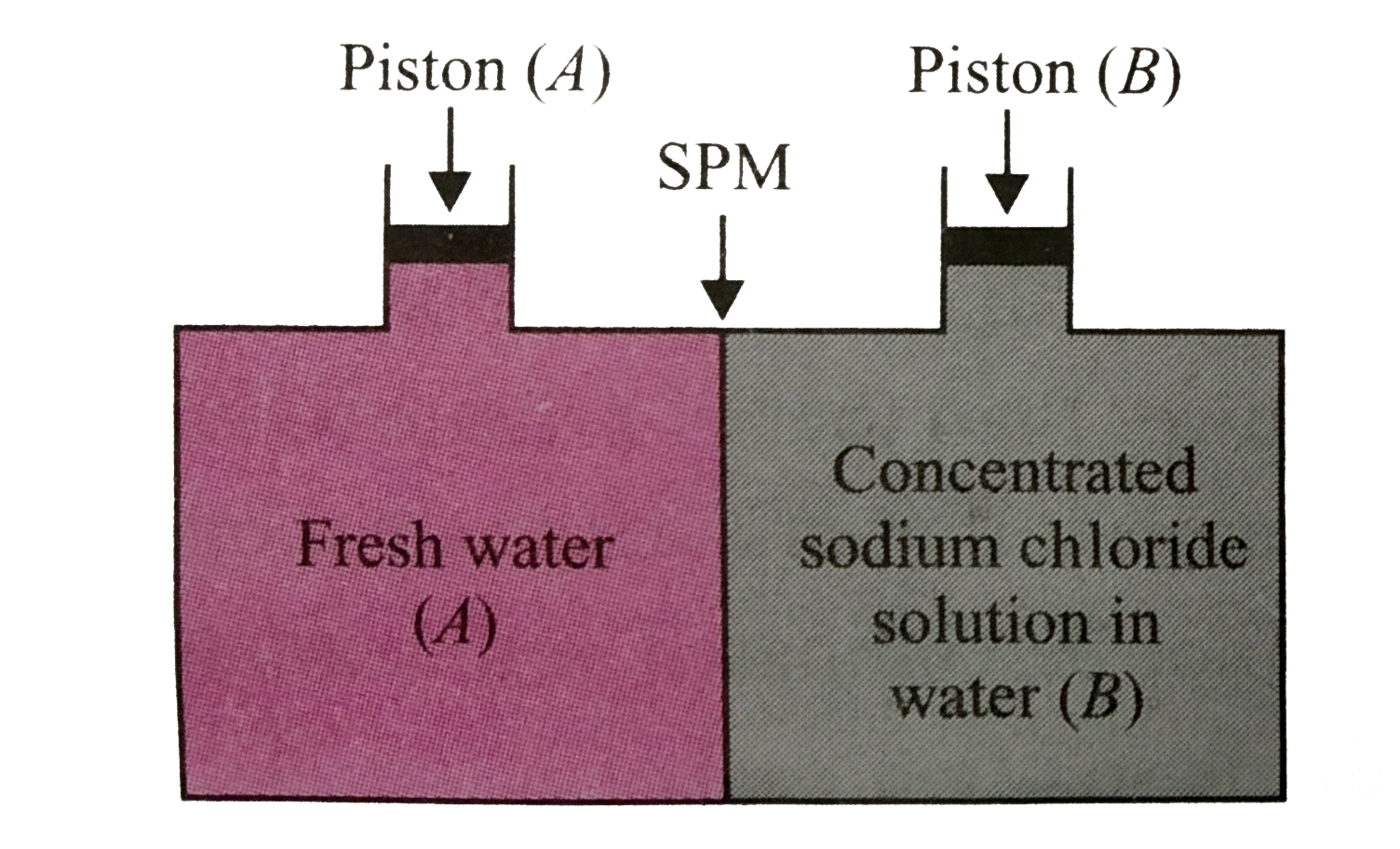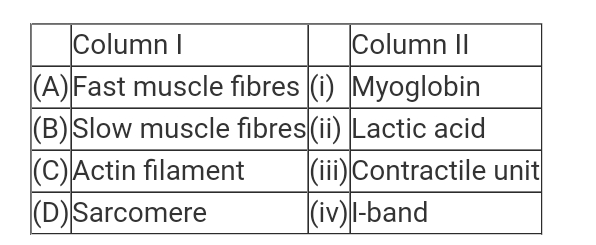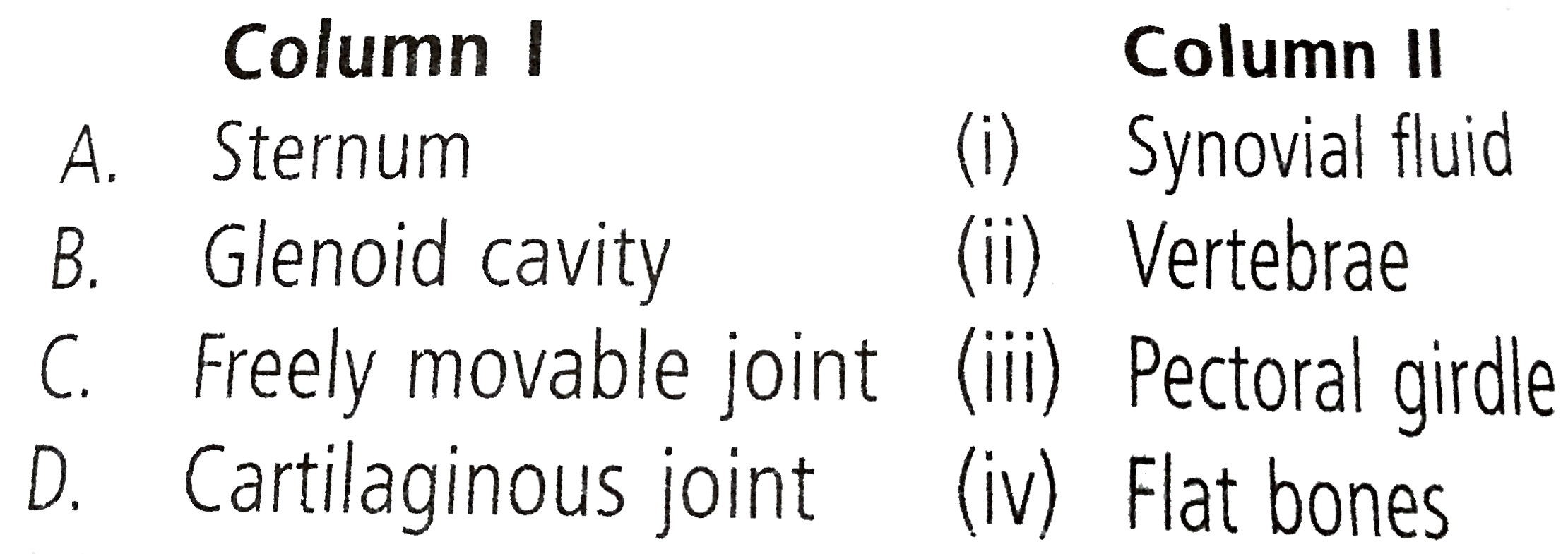Mark the correct options.
A system X is in thermal equilibrium with Y but not with Z. System Y and Z may be in thermal equilibrium with each other.
A system X is in thermal equilibrium with Y but not with Z. System Y and Z are not in thermal equilibrium with each other.
A system X is neither in thermal equilibrium with Y nor with Z. System Y and Z may not be in thermal equilibrium with each other.
A system X is neither in thermal equilibrium with Y nor with Z. System Y and Z may be in thermal equilibrium with each other.
The correct Answer is:B, C, D
Topper's Solved these Questions
- BOOK - AAKASH SERIESCHAPTER - THERMAL PROPERTIES OF MATTEREXERCISE - THERMOMETRY (LECTURE SHEET) Linked Comprehension Type Questions5videos
THERMAL PROPERTIES OF MATTER
- BOOK - AAKASH SERIESCHAPTER - THERMAL PROPERTIES OF MATTEREXERCISE - THERMOMETRY (LECTURE SHEET) Matrix Matching Type Questions2videos
THERMAL PROPERTIES OF MATTER
- BOOK - AAKASH SERIESCHAPTER - THERMAL PROPERTIES OF MATTEREXERCISE - THERMOMETRY (LECTURE SHEET) Straight Objective Type Questions15videos
THERMAL PROPERTIES OF MATTER
- BOOK - AAKASH SERIESCHAPTER - SYSTEM OF PARTICLES AND ROTATIONAL MOTIONEXERCISE - PRACTICE EXERCISE99videos
SYSTEM OF PARTICLES AND ROTATIONAL MOTION
- BOOK - AAKASH SERIESCHAPTER - THERMODYNAMICSEXERCISE - EXERCISE - 333videos
THERMODYNAMICS
Similar Questions
Knowledge Check
- Question 1 - Select One
Mark the correct option(s) out of the following:
AMechanical waves can be transverse in liquids.Bin some medium, the speed of a longitudinal mechanical wave is greater than the speed of transverse mechanical wave.Ctransverse waves ate possible in bulk of a liquid.DNon-mechanical waves are transverse in nature. - Question 2 - Select One
Consider the figure and mark the correct option.
 AActivation energy of forward reaction is E1+E2 and product is less stable than reactant.BActivation energy of forward reaction is E1+E2 and product is more stable than reactant.CActivation energy of both forward and backward reaction is E1+E2 and reactant is more stable than product.DActivation energy of backward reaction if E1 and product is more stable than reactant.
AActivation energy of forward reaction is E1+E2 and product is less stable than reactant.BActivation energy of forward reaction is E1+E2 and product is more stable than reactant.CActivation energy of both forward and backward reaction is E1+E2 and reactant is more stable than product.DActivation energy of backward reaction if E1 and product is more stable than reactant. - Question 3 - Select One
Consider the figure and mark the correct option.
 AWater will move from side (A) to side (B) id a pressure lower osmitic pressure is applied on piston(B)BWater will move from side (B) to side (A) if a pressure greater than osmotic pressure is applied on postion (B)CWater will move from side (B) to side (A) if a pressure equal to osmotic pressure is applied on pistion (B)DWater will more from side (A) to side (B) if pressure equal to osmotic pressure is applied on piston (A)
AWater will move from side (A) to side (B) id a pressure lower osmitic pressure is applied on piston(B)BWater will move from side (B) to side (A) if a pressure greater than osmotic pressure is applied on postion (B)CWater will move from side (B) to side (A) if a pressure equal to osmotic pressure is applied on pistion (B)DWater will more from side (A) to side (B) if pressure equal to osmotic pressure is applied on piston (A)
Consider the figure and mark the correct option.
 View Solution
View SolutionMatch the following and mark the correct option.
 View Solution
View SolutionConsider the Fig.
 and mark the correct option. View Solution
and mark the correct option. View SolutionMatch the followings and mark the correct option.
 View Solution
View SolutionMatch the followings and mark the correct option.
 View Solution
View Solution

